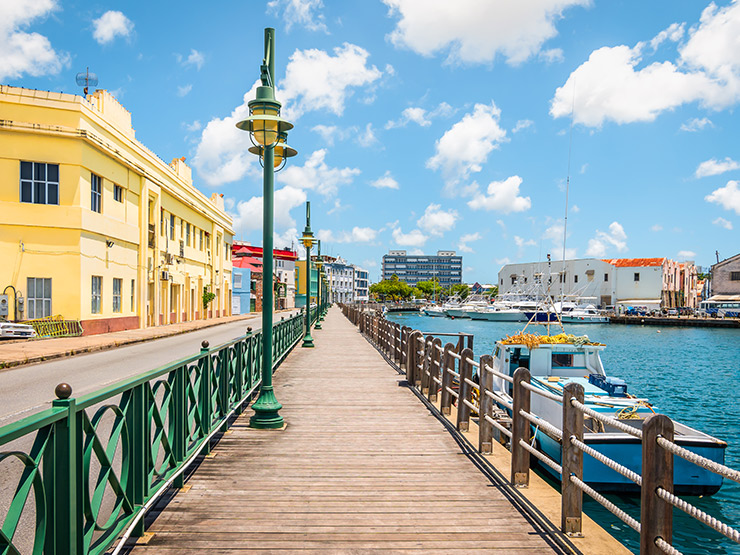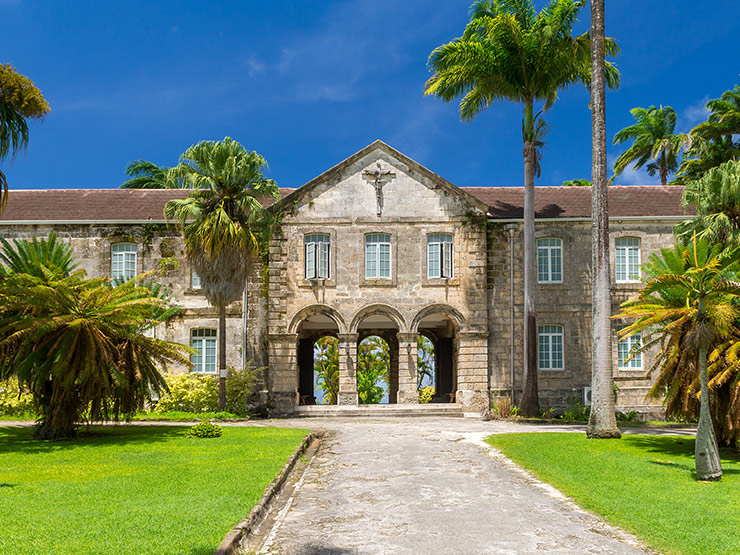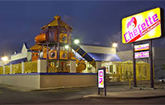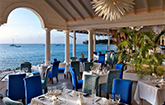|
Lakes BeachLakes Beach is situated on the East Coast of Barbados in the parish of St. Andrew, between Barclays Park and Cattlewash to the south and Walkers Beach to the north.
Lakes Beach belongs to an area of Barbados where the east and north coastlines are accompanied by the wild, powerful waves and intricate coral reefs of the Atlantic Ocean. Lovers of walks surrounded by the amazing scenery found on this Atlantic coastline in Barbados can ramble the entire way north from Lakes Beach, through Walkers Beach and finally to Morgan Lewis Beach.
In contrast to the ever developing west coast locations, visitors will not find crowds, luxury hotels, shopping malls, or a calm sea in this part of Barbados. In fact, the opposite applies to Lakes Beach and other beaches and bays in the parish of St. Andrew, where peace and tranquillity, a lack of commercialism and tourism oriented ventures, rolling hills and landscapes, and the deafening sounds of the Atlantic’s ferocious waves pounding the expanses of beautiful beach, preside.
As with many other East Coast beach locations, you are advised not to swim at Lake Beach due to the strength of the waves and the erratic currents and undertows. There are no facilities at Lakes Beach, and no coastguard.
There are very few other Barbados attractions and points of interest close to Lakes Beach, but if you want to combine a visit to Lakes Beach with another Barbados sightseeing opportunity why not visit the nearby Long Pond, one of the last remaining significant coastal wetlands in Barbados. Although 'fed' by the rough Atlantic waves, nearby sand dunes protect the Long Pond area, leaving its waters calm and peaceful and capable of providing habitats and breeding areas for local species of fish, birds, crustaceans and fauna.
In support of proposals for a conservation area at Long Pond, the overall aim being to protect the wetlands area from developmental ravage whilst retaining its sustainable role, a 2006 study* reported on the changing face of the landscape that encompasses Long Pond in Barbados. Using aerial photography, one focus of the study was on visible changes over the last fifty years on seven different habitats in the area, one being the stretch of beach incorporating Lakes Beach, Walkers Beach and Morgan Lewis Beach. The researchers discovered that the size of the beach area had increased from 2.5% to 8.6% beach area during the study period (1951-2004).
In fact, fifty years ago, Lakes Beach in Barbados was simply sand dunes and vegetation - now in the twenty first century, Lakes Beach is a wide, beautiful beach; good news for sea turtles, as from April to June Lakes Beach is a nesting site for Leatherback turtles (for the full report including images illustrating the fluctuating size of the beach area due to erosion, click here).
|
Your Ultimate Guide To Barbados
There are so many things to do and see here in Barbados!
View all of our best tours and start your adventure today!
Barbados Pocket Guide
Welcome to the Barbados Pocket Guide, a comprehensive source of information about our island, it's people, culture and life in general. We also have tons of information on places to stay, flights, car hire and tours of the island, all here! Enjoy visiting our site and please feel free to write a comment or send us a message directly with articles you think we need to add.
Things To Do!

Island Safari
Island Safari offers a unique jeep safari experience on our zebra striped, specially designed 4x4 jeeps. Climb on board our comfortable cabs and let us show you what the others leave out, specifically the most scenic locations of the island by travelling on and off the beaten track.
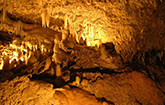
Harrison's Cave
Explore Barbados' underground! At the heart of the island lies a great geological wonder, the magnificent Harrison's Cave. Admire the crystallized, limestone cave, its flowing streams, deep pools and towering columns as you travel by tram or get up close and personal with the Eco-Adventure Tour.

Catamaran Cruise
Lay back, relax and sunbathe as you sail across the calm Caribbean Sea. Explore the crystal clear waters as you swim and snorkel with the tropical fish and majestic turtles. Then, enjoy a scrumptious lunch as you admire the beautiful rolling coastline and sparkling water.

Mount Gay Visitor Centre
Make a stop at the world renowned Mount Gay Rum Distillery and discover the secrets behind Barbados’ finest and most celebrated spirit, in the island where rum was invented! Witness the history of Mount Gay as you journey with them through their rich heritage, proven artisanship and unique taste.
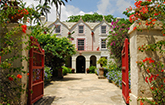
SunTours Special
Grab the SunTours Special with SunTours Barbados and see all the most popular spots in Barbados! Immerse yourself in the interesting history of this island, view the most picturesque scenes and enjoy a delicious Bajan style lunch at a well favoured local spot.
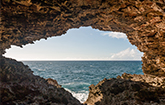
Animal Flower Cave
The colourful walls and the fascinating sea anemones at the Animal Flower Cave draw a crowd, but the amazing pools, some of which are deep enough to swim in, are the real attraction. While here, take a stroll over to the cliffs to feel the refreshing sea breeze and take in the stunning seascape.

